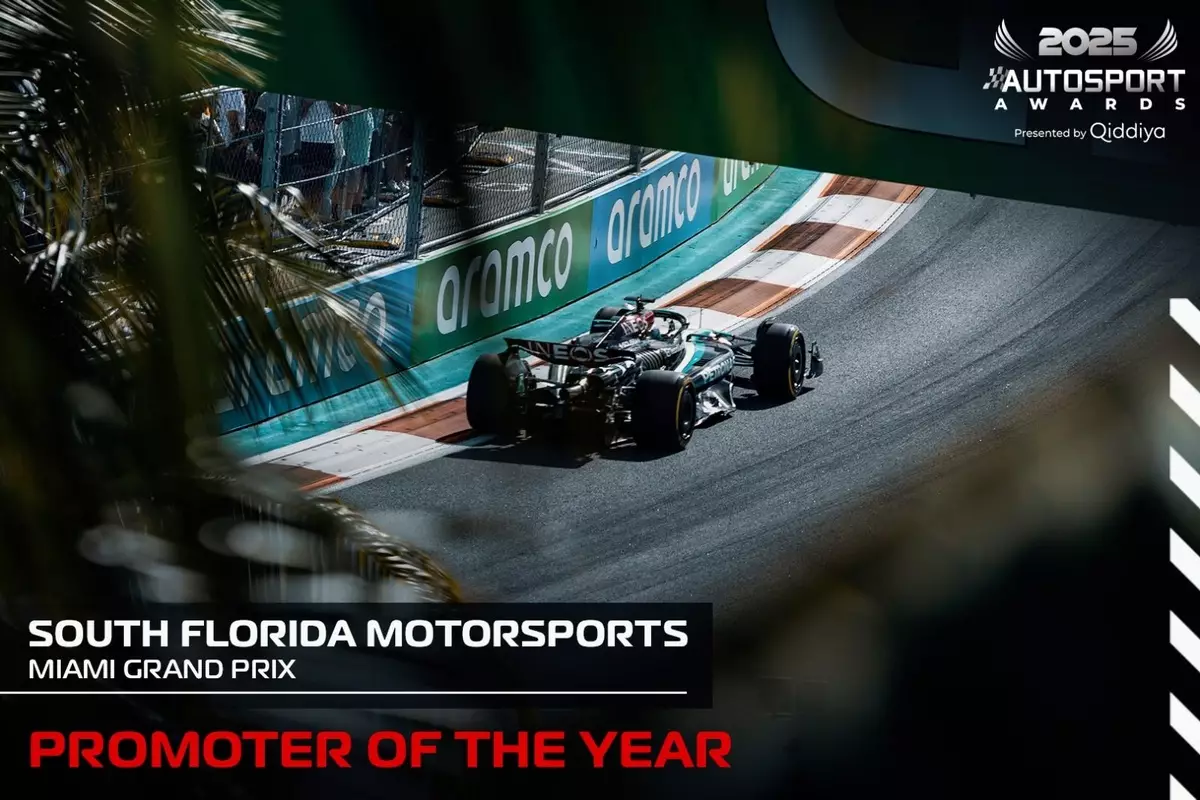Formula 1, often hailed for its thrilling speed and luxurious ambiance, has taken significant strides in the United States, particularly marked by the burgeoning Miami Grand Prix. Under the stewardship of Tyler Epp, a palpable transformation has unfolded since its inception. The 2024 Miami Grand Prix is not just another race on the calendar; it’s a testament to the event’s evolution and the influential role it plays in both the motorsport scene and the local community.
From Challenges to Triumphs: The Journey So Far
Reflecting on the inception of the Miami Grand Prix, it is clear that the journey has been fraught with challenges. The inaugural race in 2022, despite its high-profile nature, faced scrutiny and criticism, struggling to meet the lofty expectations set for such a glamorous event. Yet, as Epp recounted, the initial foray was more about laying the groundwork — ensuring that everything from logistics to hospitality was operational. Each subsequent year became a platform for refinement, where earlier missteps were addressed and new ideas experimented with.
In 2024, Miami’s Grand Prix finally seemed to strike a balance between form and function. The third year marked a pivotal moment when the event not only achieved stability but also began to showcase the creativity and innovative concepts that set it apart. The vibrancy of the racetrack, enhanced by engaging fan experiences and a more dynamic racing environment, reflected this newfound maturity. Epp emphasized a vision where iconic components of the Miami landscape could intertwine with the racetrack experience, allowing fans and competitors alike to bask in a setting that is both thrilling and distinctive.
Establishing a legacy in the Formula 1 world is no simple feat, especially when many races come with time-honored traditions and storied histories. Yet, Miami possesses singular qualities that give it an edge. High-end hospitality options appeal to affluent fans, while unique attractions like the Hard Rock Beach Club and the whimsical fake marina provide a setting unlike any other event on the Formula 1 calendar. Epp’s vision aimed to cultivate these elements into staples of the Miami Grand Prix, building a unique atmosphere that fans would eagerly anticipate year after year.
Epp acknowledged that while Miami may not yet rival iconic circuits like Spa-Francorchamps, there exists considerable hope that the event’s distinctive features would evolve into beloved aspects of the racing experience. These “funky corners,” as he described, have the potential to carve out their identity within the broader fabric of Formula 1.
What truly sets the Miami Grand Prix apart is not solely its glamorous appeal or its racing pedigree, but a sincere commitment to the local community. Epp emphasized the importance of integrating the local culture and people into the grandiose spectacle that Formula 1 offers. The hosts have prioritized engaging Miami Gardens, ensuring the community reaps the benefits of such a high-profile event.
Investments have poured into the area, with reports suggesting that the Grand Prix has injected approximately a billion dollars into the Miami and Fort Lauderdale economies in just three years. This financial boon extends beyond mere numbers; it translates to jobs and opportunities for local residents, particularly young people aspiring to careers in motorsports. The MIA Academy, which nurtures college-age individuals interested in motorsports, serves as a critical bridge connecting local talent to the industry. With nearly 100 participants transitioning into the workforce, it highlights a meaningful effort to modernize and diversify the motorsport community.
Looking Forward: Sustainability and Growth
As the Miami Grand Prix continues to grow, the necessity for sustainability isn’t lost on Epp and his team. They are aware that maintaining the allure of the event while fostering growth requires a keen focus on responsible practices and community involvement. The combination of exhilarating racing and community engagement could serve as a model for future events.
The Miami Grand Prix stands at a juncture where it has the potential to shape the future of Formula 1 in the U.S. It symbolizes a new era in motorsports, where glamour does not eclipse community engagement. As it heads into its fourth year, the prevailing sentiment is one of optimism, with an appreciation for the past and a vision for what lies ahead. If the trajectory continues, the Miami Grand Prix could solidify its place as a central figure in the global racing landscape, reflecting both the thrills of Formula 1 and the rich fabric of its host community.


Leave a Reply